It’s common knowledge that fruits and vegetables are some of the healthiest foods in any diet, but learning how to use fruits and vegetables to manage your weight is another story. This informative guide from the Centers for Disease Control and Prevention will help you plan each meal of the day to ensure that you get the proper vitamins and nutrients to reach your goal weight.
Replacing unhealthy foods with fruits and vegetables helps you to lose weight, but it also prevents cancer and other chronic diseases as well. These health benefits make it apparent how important natural foods are in your diet, and lucky for you, fruits and vegetables make delicious, filling substitutes for other foods in many of your favorite dishes.
This guide explains just some of the many ways to incorporate fruits and vegetables into every meal. For breakfast, adding things like spinach, onions and mushrooms to your morning omelet instead of fattening cheese is an easy and delicious way to get one full serving of vegetables. At lunchtime, cutting back the meat and cheese on a sandwich or wrap and replacing them with lettuce, tomatoes, cucumbers, or onions will fill you up in the very same way. Dinner allows you to be more creative, with a number of different combinations of vegetables to add to any pasta, rice or stir fry dish.
Once you become aware of the different ways you can incorporate fruits and vegetables into your diet, you’ll start to make changes and, in turn, lose weight.
How to Use Fruits and Vegetables to Help Manage Your Weight [Centers for Disease Control and Prevention]
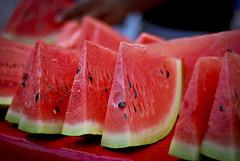

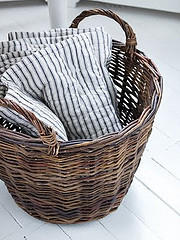

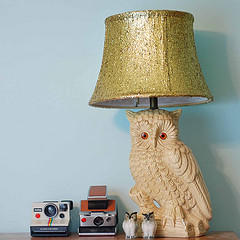


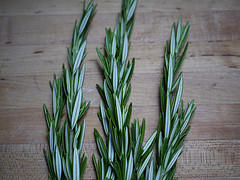
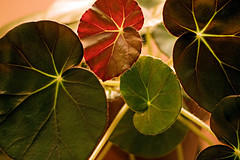
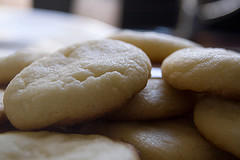
 Equal Housing Opportunity
Equal Housing Opportunity